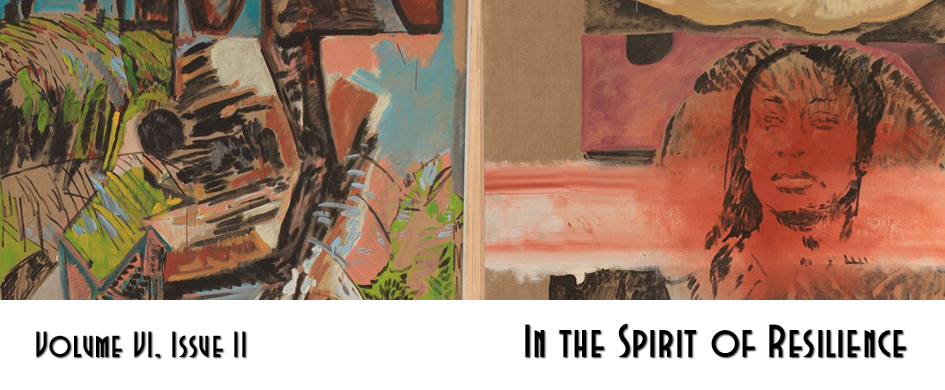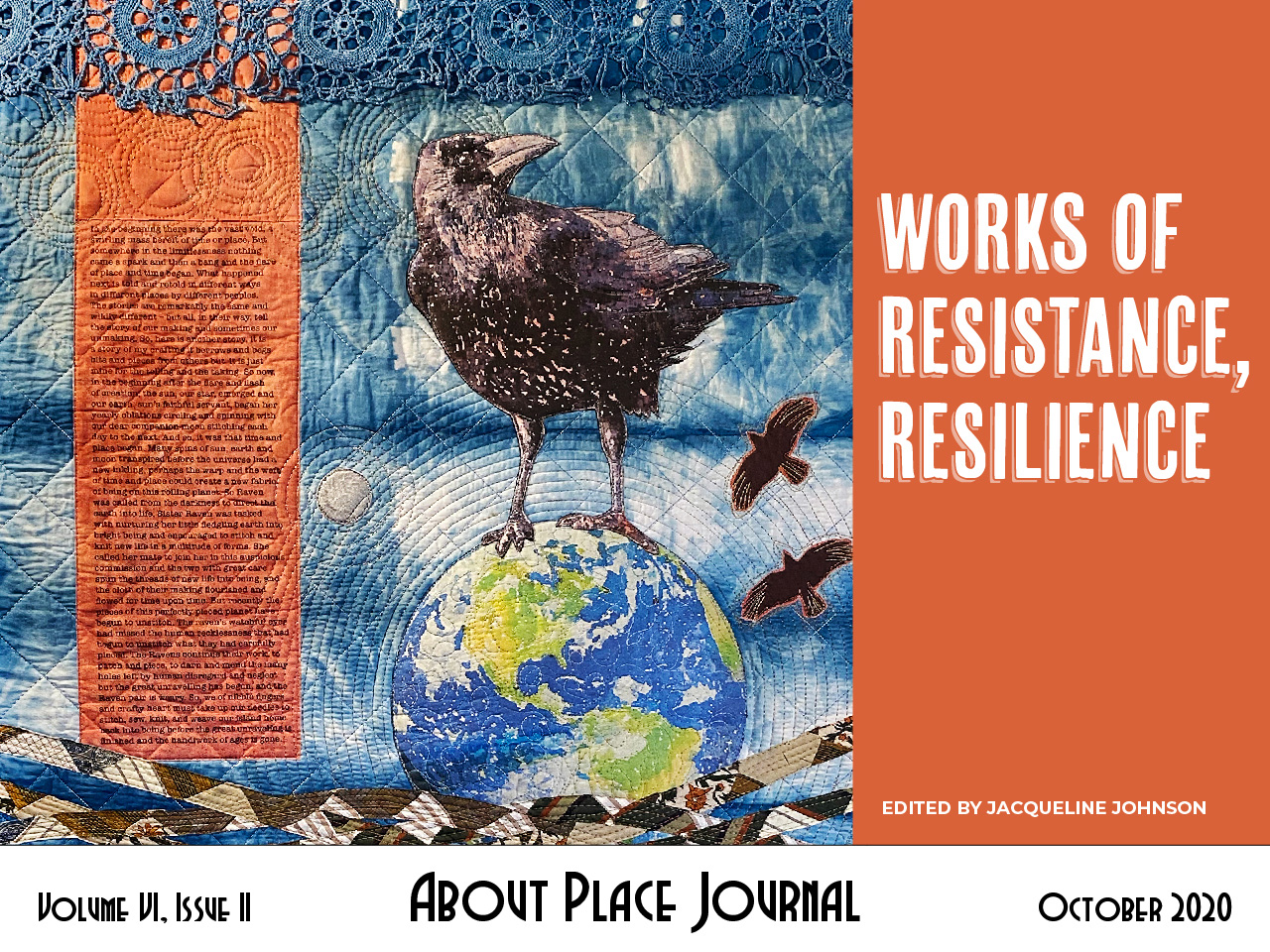In the future, the future that (please understand) is now, I have gotten used to this weird liminal space, this in between—I’m going back to Kansas in the future that is now, and I am carrying with me the things which keep me alive: medical equipment, obviously; books, no doubt; the computer; the paint and the canvases; my cat.
The grasslands, prairie, the hills of what was once called the Midwest have turned to sand. The heat is too much for most people, “most” being subjective. It is still not safe for me to kiss the girl I am in love with, and I no longer know if she is real or a ghost.
**
In a reality that lives smushed up against this one, I’ve arrived in Mary Byrd Land, unclaimed territory in Antarctica, a home for the outcast. This isn’t the first time we’ve tried building a community here[1]. We’re trying again. I let myself sink into this new definition of home.
Here, I can love who I love. Here, I can kiss and caress without fear of infection—my god, my god, how chillingly resonant this pandemic feels of the HIV crisis. Certain lives disposable, certain lives not. I want to imagine this to be a good place, this land where Crips, queers, BIPOC, and others have gathered—an unclaimed territory, we must maintain a lack of ownership over the earth so as to maintain a sense of ownership over ourselves. An illusion, really.
We cannot stay in isolation, any more so than plants can exist without other life, other ecosystems blooming around them. Like our foremother Octavia Butler, we plant seeds and stories, learning to live off the earth. Those with medical training—not just Western practices—take care of ailments. Teachers teach. We all parent. But the metal of our wheelchairs, our crutches, our prosthetics—this challenges us, and it is for this metal and these parts that we must break isolation.
Eventually, the girl I am in love with must leave, breaking quarantine for a bionic limb repair. She will, I know, find someone else, someone with less compromised lungs, when she leaves.
**
Sometime in the past, in a class on Feminist Theory I was taking in Kansas, we discussed resiliency, the problems of it, the way one can be expected to get up, and get up, and then get up again. I know this is true, just as I know this is how I survive. I am not immortal, my body is not infallible, if I get the virus I will likely die. But I have found a way to keep going, a way to know that there is no reclaiming the flowers she would give me—right up until she broke my heart—because the flowers never belonged to her, never belonged to any of us, in the first place.
In this community we have built, I keep waking up each morning, and I keep thanking our gods for kinship we have fostered. When she left, I longed to stay in bed for days, not drinking, not eating, a fast road to death when you have no muscle for your body to draw on for nutrients: organ failure, I’ve seen it happen. But we rely on each other here, I mean really truly rely on each other—and when the woman next door came to get me out of bed that morning, she wouldn’t let me go hungry. She wouldn’t let my body give in.
Now, each morning, I thank the gods for the kinship, and for the woman who gets me up, who lifts my body into my wheelchair, who throws my windows open so I can see the land soaking up a rare (but not extinct) rain.
Sand, rain, and snow mix together, a portent, perhaps, for the end of the world. But when I go outside and feel the heavy heat against my skin one moment, and a blast of icy air the next, I miraculously do not go into shock. I am asked what my Crip magic is, and I say, being alive.
[1] Antarctica, by Syrus Marcus Ware. Featured in About Place Journal, vol. VI, issue I: “How to do Things in Turbulent Times.” https://aboutplacejournal.org/issues/practices-of-hope/how-to-do-things-in-turbulent-times/syrus-marcus-ware/


